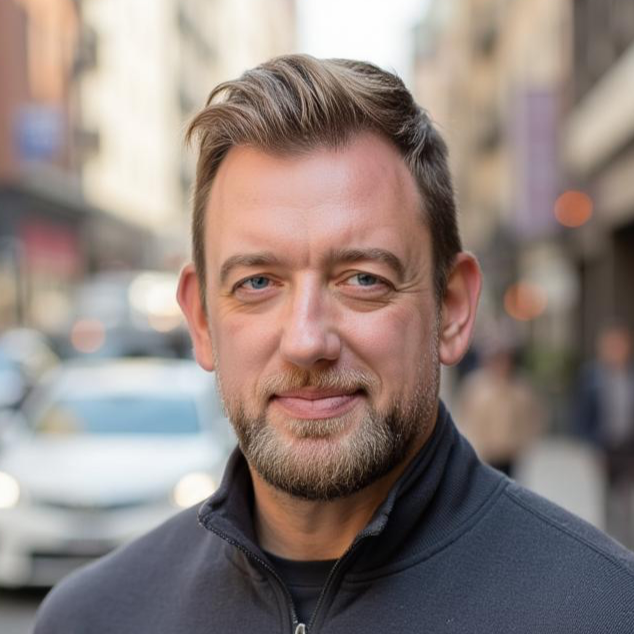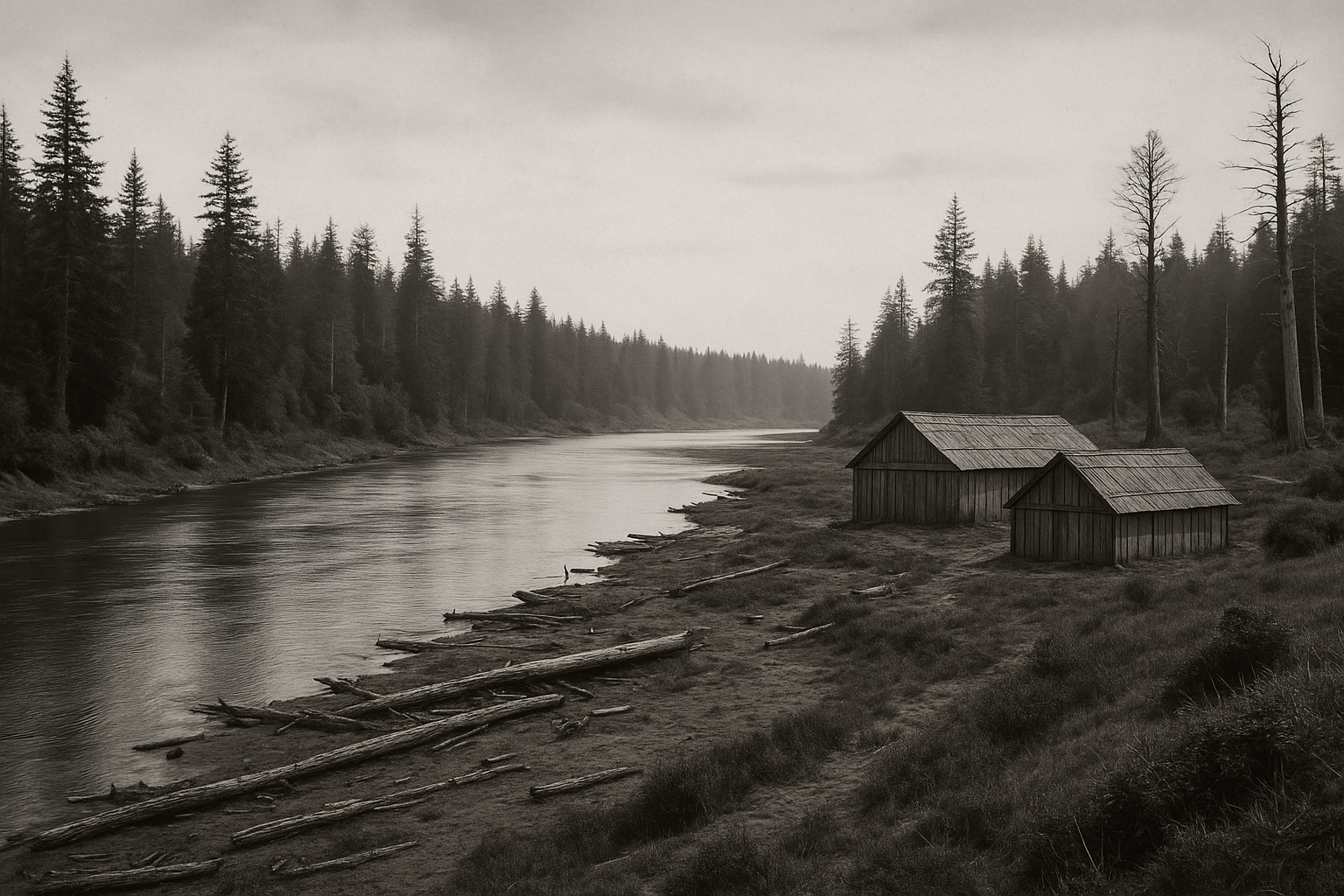



Nestled along the windswept southern coast of Oregon, the town of Bandon is often celebrated for its dramatic seascapes, world-renowned golf courses, and small-town charm. But beneath the surface of this picturesque place lies a deeper, older story—one that begins long before statehood or settlers, before lighthouses or lumber yards. It begins with the Nasomah people, a band of the Coquille Tribe, whose ancestral presence shaped the land, waters, and rhythms of life where Bandon now stands.
To understand Bandon is to understand the Nasomah. Though their name is less commonly known in tourism brochures or historical plaques, the imprint of their culture is etched into the shoreline, woven into the reeds of the riverbank, and honored today in gardens, language projects, and the living traditions of their descendants.
The Nasomah people were coastal Coquille, occupying villages along the lower Coquille River and the Pacific shoreline for thousands of years. Their principal settlement was located where the Coquille River meets the sea—modern-day Bandon. It was a place of abundance and sacred meaning, where river met ocean, and dense forests gave way to dunes and tidepools. This confluence of ecosystems made the Nasomah highly skilled stewards of the land and sea.
They lived in longhouses made of cedar planks, semi-subterranean structures built to withstand storms and blend with the environment. Their subsistence practices reflected an intimate knowledge of the seasons: salmon runs were honored with ceremony; camas and wapato were gathered in community; and sea lions, mussels, and berries were harvested in rhythm with nature’s calendar.
Language, too, was deeply rooted in place. The Nasomah spoke Miluk, a dialect of the Coosan language family, distinct from neighboring Hanis and Athabaskan tongues. Miluk names still echo through the region—words that described not just geography, but spiritual relationships with water, rock, and animal.
Trade routes connected the Nasomah with interior tribes via rivers and mountain passes. They crafted canoes from old-growth cedar, traded basketry and dentalium shells, and shared ceremonial systems with their neighbors. Their society was marked by social hierarchy, spiritual leaders, and rich oral traditions that passed knowledge from generation to generation.
This was not an isolated or “primitive” culture—it was vibrant, adaptive, and deeply rooted in the landscape that now bears little physical trace of their dwellings.
The arrival of white settlers in the early 1850s irrevocably altered the fate of the Nasomah. Following the California Gold Rush, prospectors and homesteaders pushed into southern Oregon, establishing mining camps near Randolph and Whiskey Run. As with many indigenous communities across the West, the influx of settlers brought disease, competition for resources, and escalating tensions.
In January of 1854, these tensions erupted in horrific violence.
A group of settlers—frustrated by indigenous resistance to encroachment and spurred by racist ideologies—attacked the Nasomah village near the mouth of the Coquille River. Under cover of night, they slaughtered at least fifteen Nasomah people, mostly elders and women. Survivors fled into the woods. The attackers torched the village, destroying homes and cultural objects that had stood for centuries.
This event, known today as the Nasomah Massacre, is a chilling reminder of the brutality of westward expansion. Within two years, the Coquille people, including the remaining Nasomah, were forced to sign treaties ceding vast tracts of their ancestral lands and were relocated north to the Coast Reservation (now the Siletz and Grand Ronde reservations).
In the span of a generation, the Nasomah’s physical presence in Bandon was all but erased. Their homes were gone, their land stolen, their language pushed to the margins.
Yet even as their villages disappeared from maps, the Nasomah culture survived in the stories and strength of its people. Elders passed down oral traditions in camps and boarding schools. Basketweavers practiced their art in secret. Ceremonies were whispered, not lost. Language flickered in lullabies and proverbs.
In the early 20th century, linguists and anthropologists documented remnants of the Miluk language from elderly tribal members. Though far from complete, these notes laid the groundwork for today’s revitalization efforts.
Over time, descendants of the Nasomah found their voices again through the Coquille Indian Tribe, which regained federal recognition in 1989. Since then, the tribe has grown into a powerful economic, cultural, and political force in southern Oregon. With over a thousand members, the Coquille Tribe owns and operates businesses, manages natural resources, and stewards lands that once belonged to their ancestors.
One of the most poignant efforts to honor the Nasomah legacy came in 2013, when the Port of Bandon, in collaboration with the Coquille Indian Tribe and local stakeholders, established the Nasomah Memorial Garden on the site of the original Nasomah village.
The garden is not large, but it is powerful.
Nestled near the waterfront, it features interpretive signage, native plantings, stone pavers etched with traditional basket designs, and fragments of Tupper Rock—a large basalt formation sacred to the Nasomah and once located at the river’s mouth. Artist Tony A. Johnson, a tribal member, contributed a carved red cedar sculpture embedded with tools and offerings, symbolizing a spiritual return to place.
This memorial is more than a tribute—it is a reclamation. It tells passersby: We were here. We are still here.
It also marks a shift in how Bandon sees itself—not just as a seaside destination, but as a place built atop the bones and beauty of an indigenous world that still pulses beneath the surface.
Today, the Nasomah legacy influences Bandon in subtle and significant ways.
Ecological values, once encoded in Nasomah traditions, are now reflected in conservation efforts to restore the Coquille estuary, protect coastal wetlands, and combat invasive species. Indigenous stewardship principles—balance, reciprocity, respect—inform sustainable development models gaining traction on the southern coast.
Public education has expanded to include indigenous history. Bandon schools have begun incorporating tribal perspectives into social studies curricula. The Coquille Tribe offers cultural programming, museum exhibits, and youth workshops on basketry, storytelling, and language.
Tourism narratives are evolving. Increasingly, visitors to Bandon are encountering interpretive signs, tribal art, and memorials that acknowledge the deeper story of the land. The town’s identity is expanding—from golf and beaches to heritage and healing.
And perhaps most importantly, the Coquille Indian Tribe itself is shaping the future of the region—not as a relic of the past, but as an active, sovereign, and deeply engaged partner in Bandon’s development, economy, and culture.
The Nasomah story is not just a cautionary tale of colonialism—it is also a case study in resilience, adaptation, and renewal. It teaches us that culture is not confined to land ownership or museum displays; it is a living force, transmitted through memory, movement, and meaning.
For Bandon, embracing the Nasomah legacy offers more than historical justice. It offers a blueprint for thoughtful placemaking—where architecture respects ecology, where tourism honors tradition, and where the past is not buried, but braided into the present.
In a town known for its rugged coastline, the Nasomah remind us that the most enduring landmarks are not made of stone, but of story.
The Nasomah people lived in Bandon long before it bore that name. Their footprints lined the beaches. Their prayers filled the river. Their villages rose with cedar and song. Though violently displaced, their spirit never left.
Today, as we walk the paths of Bandon’s waterfront or gaze across the same river they once paddled, we inherit a responsibility—not just to remember, but to honor, protect, and amplify the culture that shaped this land.
The story of the Nasomah is not over. It continues in every child who learns Miluk, in every visitor who reads a memorial plaque, and in every effort to make Bandon a place of deeper meaning, where the land speaks, and the ancestors are heard.
***
Perk Development is an aspirational real estate development firm that specializes in land enhancement and community restoration in coastal and mountain destinations across the Western United States.
To inquire about upcoming investment, development & sales opportunities, please email info@perkdevelopment.com.